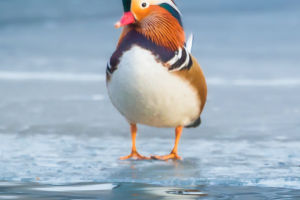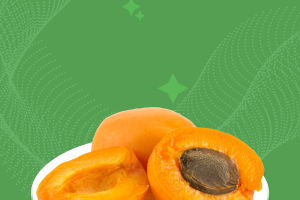In today's market, there is a wide range of kettle options available, making it challenging to decide which one is best. There are three types of kettles commonly used by families: watering, sprinkling, and spraying.
Each type has its own advantages and characteristics, with variations in size and spout length. Understanding their features and selecting based on personal needs is important.
Watering Type Kettle
1. Spike-tipped elbow kettle
Perfect for watering succulents, as it allows precise watering around the plant's roots. However, it has limited water capacity, which may be inconvenient for large pots or multiple plants.
2. Long spout kettle
Ideal for densely placed flower pots, as the extended spout reaches the back row of plants effectively. For small home gardens, a larger capacity long spout kettle is recommended.
3. Spoutless kettle
With its simple design, it serves as a stylish water scoop, enabling direct watering from a bucket to large potted plants.
Sprinkling Type Kettle
1. Long spout sprinkler
Well-suited for larger flowers and plants, as the extended spout covers a wider area, making it suitable for homes with multiple flowers.
2. Removable nozzle sprinkler
Convenient and versatile, allowing the nozzle to rotate or be removed for watering. This option is recommended for homes with a variety of plants.
Spraying Type Kettle
1. Air pressure spray kettle: Requires minimal effort, providing continuous water spray for plants that require higher humidity. Suitable for large-scale spraying to meet various plants' humidity needs.
2. Hand-pressed spray water bottle: Common and simple, requiring manual press for water spray. It may be laborious when dealing with numerous potted plants. The mist density is lower than air-pressure spray kettles, but it remains a practical choice for everyday use.
Additionally, homemade kettles can be created using various containers such as oil drums or detergent buckets. These homemade options offer convenience and versatility.
1. Homemade watering kettle
Unused bottles and cans at home can be repurposed for watering plants.
2. Homemade sprinkler kettle
Containers with lids, like oil drums or detergent drums, can serve as watering cans. Create small holes in the lid and additional air holes under it to allow water to be sprayed.
3. Homemade spraying kettle
Although more complex to make, small spray bottles from cosmetics can be used by unscrewing the nozzle and attaching it to a larger bottle. However, the effectiveness may be limited, so this method is not highly recommended.
Choosing the right kettle involves considering the specific needs of plants and personal preferences. By understanding the different types available, individuals can make an informed decision and provide optimal care for their beloved plants.


